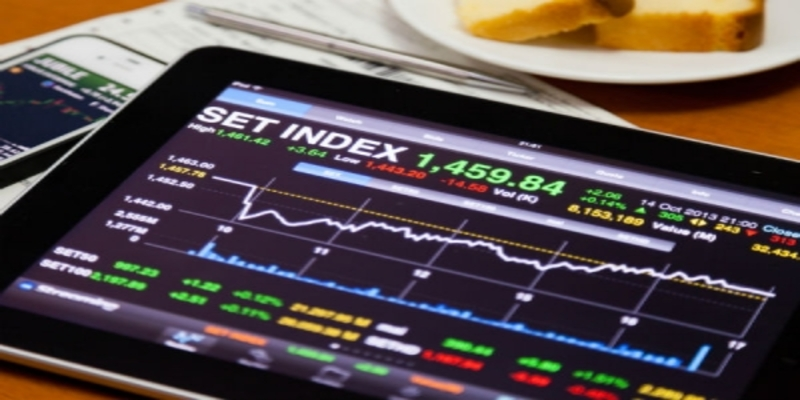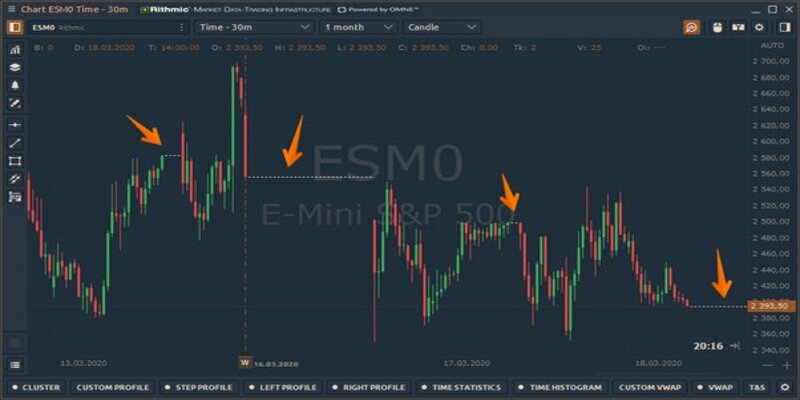In a derivatives contract, such as an option, commodities, or currency exchange, the notional value is the value or current price of something like the underlying stock. This number aids in appreciating the disproportion between the maximum quantity invested and the entire transaction cost. Multiplying the number of units in a single contract by the current price yields the notional amount. A futures day merchant's position sizing choice is crucial to its success. One of the most important parts of your commodities risk management approach is the size of your positions. Proper position size is essential regardless of your market with futures contracts. Here are the steps you need to take to determine the ideal position size for your risk appetite, trading budget, and target market.
Futures Contracts Have Different Tick Sizes And Values
The tick size denotes the minimum allowable movement in the price of a futures contract, and the corresponding dollar amount is the tick value. The exchange determines this rate, which changes depending on the financial instrument you're dealing with. Each tick in the U.s. stock E-mini commodity futures (ES) is worth $12.50, and each tick is 0.25 of a contract's total value. Gold futures (GC) are valued at $10 a tick for every 0.10 percent movement (tick). Crude oil (CL) contracts are priced at 10 dollars for every two ticks. Finding out the tick width and the futures pricing in a given market is essential for future trading. This data determines target prices, stop-loss levels, and position sizes. You can get all the information you need about futures and options trading in the United States on the website of the CME Group.
Figure Out Your Maximum Risk
Your maximum account risk is the most money you would be prepared to lose on a single transaction. Many investors risk no more than 1% of their account value when making a transaction. You may set your account's risk limit for every transaction to whatever proportion you wish. However, novices should start with low stakes. As a result, even if you experience a losing streak (as all traders do eventually), you will only lose a small fraction of your entire investment. It's far simpler to compensate for bad deals with good ones if you can limit your losses.
Determine Your Limit
To trade throughout the futures market, you must first choose how much of your capital you are prepared to risk on each deal and then translate that amount into the corresponding tick size. The distance between your entry price and your stop-loss level is a good measure of the risk associated with your transaction. Protects you from losing more on a deal than you're willing to lose. Your trading risk might be fixed overall or change with each deal. If you're trading S&P 500 E-mini derivative contracts, you may set your stop loss at four ticks, but in crude commodity futures, you can set it at ten ticks. You may need to adjust your stop-loss settings based on external circumstances, such as market volatility. Stop-loss orders on S&P 500 E-mini trades sometimes place three ticks from the entry price.
Conclusion
The value or current value of something like the underlying stock in a derivatives contract is known as its notional value. The value of the company underpinning a futures contract is established via its notional value computation. The notional amount of a financial instrument may be calculated by multiplying the services from external suppliers by the per-unit price of both commodities reflected by the spot price. The potential loss that may be calculated using the notional value is useful for investors. Financial institutions do futures trading to either earn a profit or protect themselves against a loss. Traders must be aware of how the market they are participating in determines profit and loss based on changes in price and volume. Knowing the services from external suppliers, tick size, and the current market price will allow you to calculate your potential profit or loss with each contract.






